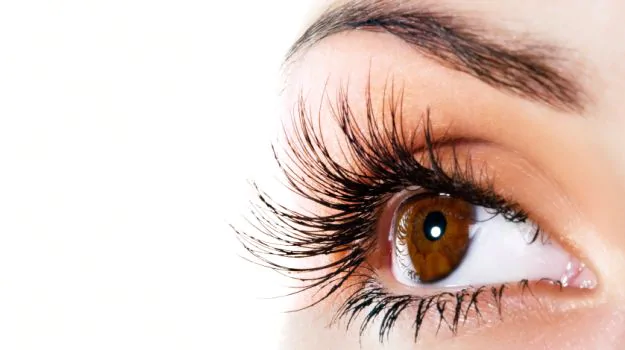What is commonly misdiagnosed as pink eye. Pink eye, also known as conjunctivitis, is an inflammation or infection of the conjunctiva, the thin clear tissue that lines the inside of the eyelid and covers the white part of the eye. This condition is called pink eye because it causes the eye to become red or pink in color. Pink eye can be caused by a bacterial or viral infection, an allergic reaction, or exposure to irritants such as chemicals or foreign objects. Common symptoms of pink eye include redness, itching, burning, tearing, discharge from the eye, and sensitivity to light. Treatment for pink eye depends on the cause and may include eye drops, ointments, or other medications. Pink eye is highly contagious, and it is important to take precautions to prevent the spread of the infection.
12 conditions that are commonly misdiagnosed as Pink Eye:
- Allergic conjunctivitis: This condition is caused by allergens such as pollen, dust, and pet dander. Symptoms include redness, itching, and tearing, which can be easily confused with pink eye.
- Dry eye: Dry eye occurs when the eyes do not produce enough tears or produce poor quality tears. This can cause redness and irritation, which can be mistaken for pink eye.
- Corneal abrasion: A corneal abrasion is a scratch on the surface of the eye, which can cause redness, tearing, and discomfort. This can be mistaken for pink eye, but requires a different course of treatment.
- Viral or bacterial infections: While pink eye is often caused by a viral or bacterial infection, other infections such as a sinus infection or strep throat can cause similar symptoms.
- Blepharitis: This is a condition where the eyelids become inflamed and red, causing discomfort and irritation. This can be mistaken for pink eye, but requires a different course of treatment.
- Episcleritis: Episcleritis is inflammation of the episclera, the thin layer of tissue that covers the white part of the eye. This can cause redness and discomfort, which can be mistaken for pink eye.
- Uveitis: Uveitis is inflammation of the middle layer of the eye, which can cause eye pain, redness, and sensitivity to light. These symptoms can be confused with pink eye, but require a different course of treatment.
- Glaucoma: Glaucoma is a condition where the pressure inside the eye increases, which can cause damage to the optic nerve and lead to vision loss. Symptoms include eye pain, redness, and blurred vision, which can be mistaken for pink eye.
- Conjunctival cyst: A conjunctival cyst is a small fluid-filled sac that forms on the conjunctiva, the thin membrane that covers the white part of the eye. This can cause redness and discomfort, which can be mistaken for pink eye.
- Contact lens-related problems: Wearing contact lenses for an extended period of time or not following proper care and hygiene can cause eye irritation and redness, which can be mistaken for pink eye.
- Scleritis: Scleritis is inflammation of the sclera, the white outer layer of the eye. This can cause redness and discomfort, which can be mistaken for pink eye.
- Foreign body in the eye: A foreign object in the eye can cause redness, tearing, and discomfort, which can be mistaken for pink eye. It is important to remove the object and seek medical attention if necessary.
Faq on What is commonly misdiagnosed as pink eye
Q: What is commonly misdiagnosed as pink eye? A: Several conditions can be misdiagnosed as pink eye, including allergic conjunctivitis, dry eye, corneal abrasion, bacterial or viral infections other than pink eye, blepharitis, episcleritis, uveitis, glaucoma, conjunctival cyst, contact lens-related problems, scleritis, and foreign body in the eye.
Q: What are the symptoms of pink eye? A: The symptoms of pink eye include redness, itching, burning, tearing, discharge from the eye, and sensitivity to light.
Q: How is pink eye treated? A: Treatment for pink eye depends on the cause and may include eye drops, ointments, or other medications. In cases of bacterial pink eye, antibiotics may be prescribed. In cases of viral pink eye, the infection usually goes away on its own within a week or two. Allergic conjunctivitis can be treated with antihistamines or other allergy medications.
Q: Is pink eye contagious? A: Yes, pink eye is highly contagious, especially if it is caused by a viral or bacterial infection. It is important to take precautions to prevent the spread of the infection, such as washing your hands frequently and avoiding contact with others who have pink eye.
Q: How can I prevent pink eye? A: To prevent pink eye, it is important to practice good hygiene, such as washing your hands frequently and avoiding touching your eyes. You should also avoid sharing personal items such as towels, pillows, and makeup with others. If you wear contact lenses, be sure to follow proper hygiene and care instructions. If you have allergies, take steps to minimize your exposure to allergens.

